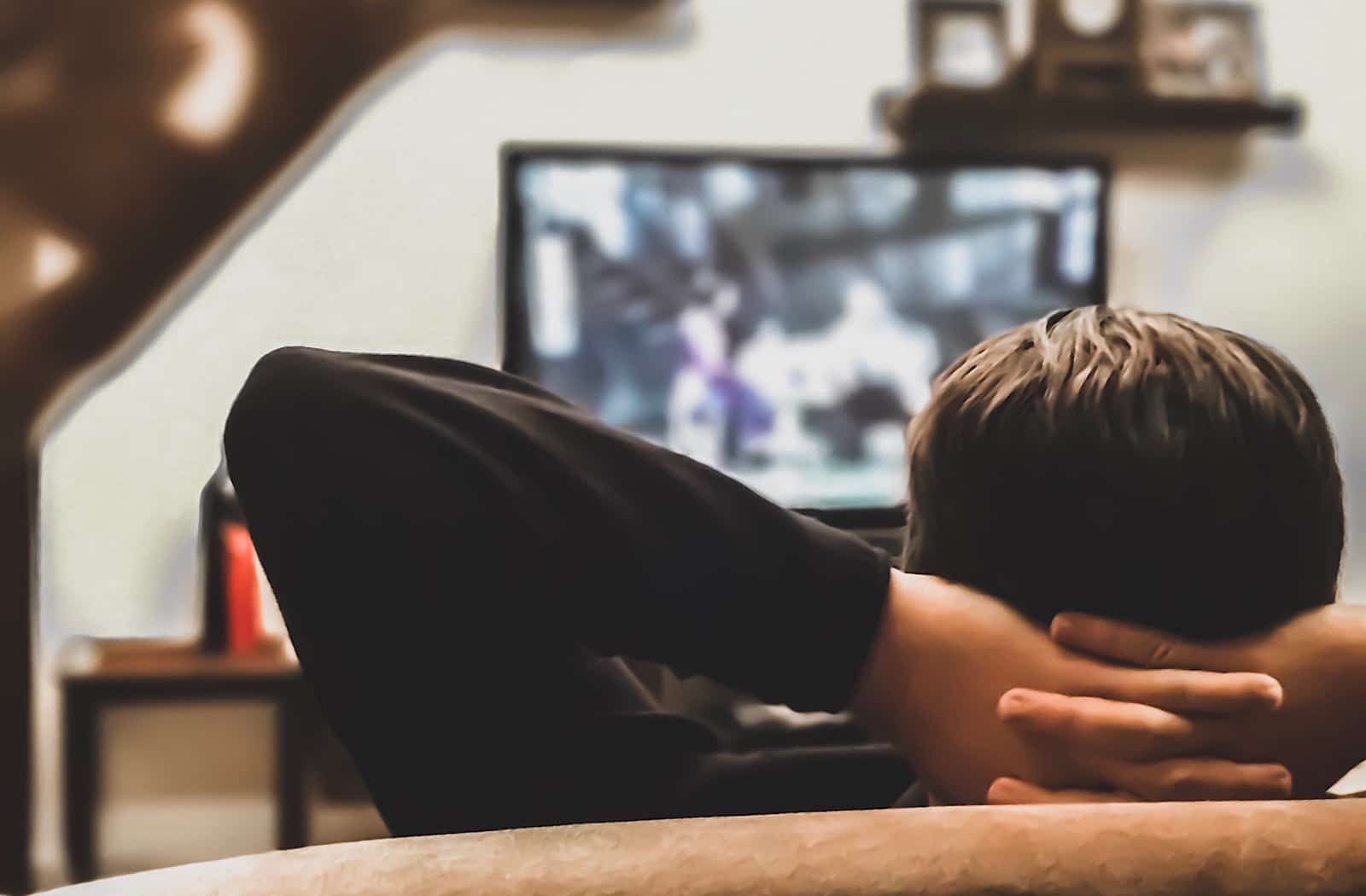The cost of everything is up and that means we’re all being forced to cut back, as Australian subscribers to media services respond by saying no.
We’ve had a crazy few years, what with the pandemic that seemingly never ends followed by a hefty series of rate rises and increases to the cost of so much in your life. These days, everything costs more, whether it’s a mortgage repayment, groceries, or even the way you watch movies at home.
There are definite ways to budget using apps and services, but if glancing at a list of ways your savings is reducing isn’t helping, you may have to turn to what a lot of Australians are reportedly doing: cutting back.
Specifically, they’re cutting back on home entertainment services, as cost of living pressures bite harder and locals look for quick relief, often coming in the form of a reduction on monthly payments.
The news comes by way of Deloitte, which is releasing an insights reports into how Australians spend, or such as the case right now, don’t.
According to the Deloitte annual Media and Entertainment Consumer Insights survey this year, the number of households with at least one paid entertainment subscription service has fallen slightly, dropping from 86 percent last year to 84, while the cost of that spend has also dropped, moving from $62 to $57, despite the fact that entertainment services largely cost more.
In the past year, almost every service has increased their pricing, meaning people in Australia (and largely around the world) are being charged more to watch, listen, and game using a subscription service.
Deloitte notes that digital entertainment is still a spending priority for Australians, with consumers saying they’d rather cut back on eating out or drinking alcohol rather than kill off entertainment services. Cost is clearly a critical factor, and Deloitte’s research points to people cancelling to save money.
However, there are now other ways to save money while keeping the streaming going.

One is with ad-supported streaming options, including Spotify’s long-established free music service supported by ads, or even free-to-air TV, where every Australian network that isn’t the ABC runs ads to support its programming.
Alternatively, services now feature ad-supported plans, which may feel like a weird option, but basically deliver a lower cost way to access Netflix and others while still seeing the odd ad or two.
Despite the option for ad-based plans, though, Australians still prefer going without ads, with 60 percent preferring to pay for ad-free TV and 48 percent for ad-free music. That does suggest many are happy to go with the free music option, however.
“This year’s survey shows how rising cost-of-living pressures and an increasing number of entertainment choices, content providers, services and subscription types are changing the media ecosystem,” said Peter Corbett, Lead Partner for Telecommunications, Media and Entertainment at Deloitte.
“Across entertainment categories over the last six months, more media consumers have cancelled a subscription service than signed up to a new one,” he said. “While this clearly reflects the impact of the rising cost-of-living, it also shows that in 2023, and perhaps more than ever, time is the new currency.”
Specifically, it’s where you choose to spend time on platforms, with these now unravelling to include more than just music and video, but also gaming, sports, social, and even generative AI tools, such as Midjourney’s image creation service.
In short, you have more options if you decide to cut back on your services, and if you do, you won’t be alone, either. Your wallet might even feel a bit better about the whole thing, too.






